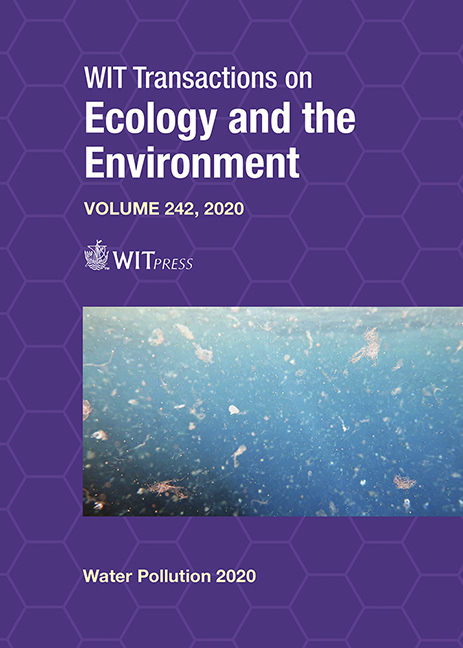SENTINEL-2 ANALYSIS OF FLOODED AREAS: APPLIED CASE STUDY – LA SAFOR WETLAND, SPAIN
Price
Free (open access)
Transaction
Volume
242
Pages
8
Page Range
63 - 70
Published
2020
Paper DOI
10.2495/WP200061
Copyright
WIT Press
Author(s)
JESÚS PENA-REGUEIRO, MARIA-TERESA SEBASTIÁ-FRASQUET, JESÚS A. AGUILAR-MALDONADO, JAVIER ESTORNELL, JOSÉ-ANDRÉS SANCHIS-BLAY, SERGIO MORELL-MONZÓ, VICENT ALTUR-GRAU
Abstract
La Safor wetland is a representative coastal wetland in the Valencia Region (eastern Spain, Mediterranean Sea). This wetland is recognized at an international level as a Special Protection Area (SPAs) for birds and a Site of Community Importance (SCIs) (Habitats Directive, European Council Directive). The wetland is located on a detrital plain aquifer which in turn is fed by a karstic aquifer in the near limestone reliefs. The flooded surface is variable and depends on pluviometry among other factors. The objective of this study is to analyse the effects of the flooded surface on land uses by remote sensing and Airborne LiDAR data. Sentinel-2A images processed at level 1C were obtained from Copernicus. LiDAR data was used to detect the most vulnerable areas affected by floods. In the results, we analysed the impact of the maximum flooded surface on land uses. We propose several corrective actions on the drainage net based on our analysis. This methodology can be applied to other wetland areas of similar characteristics. The advantage is the high spatial resolution which makes the methodology suitable for small sized wetlands.
Keywords
flooding, wetland, restoration, LiDAR, remote sensing





